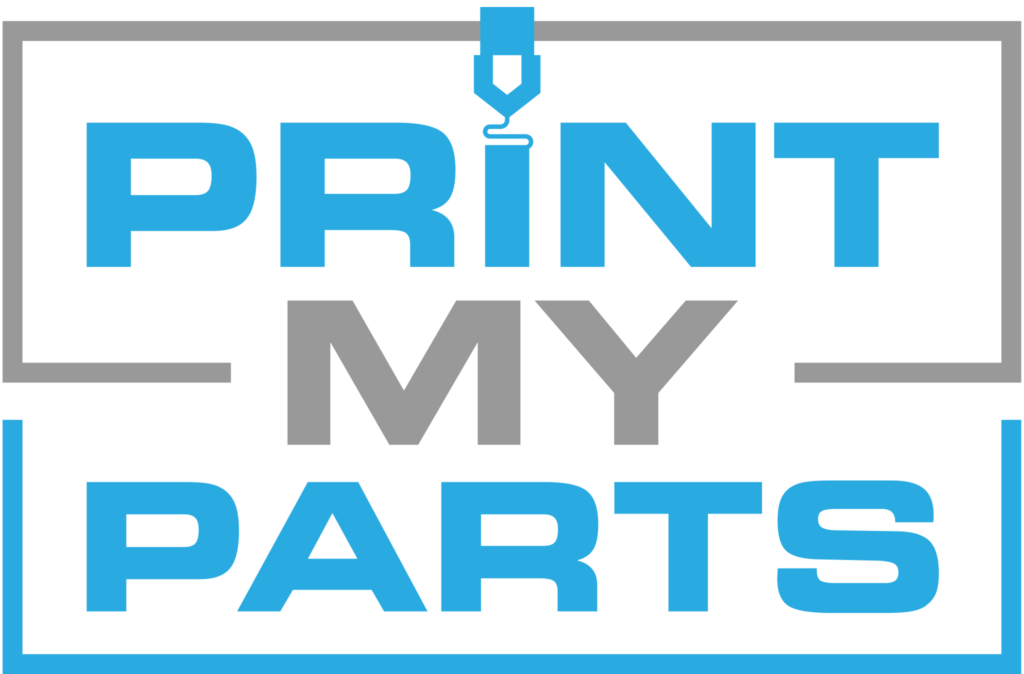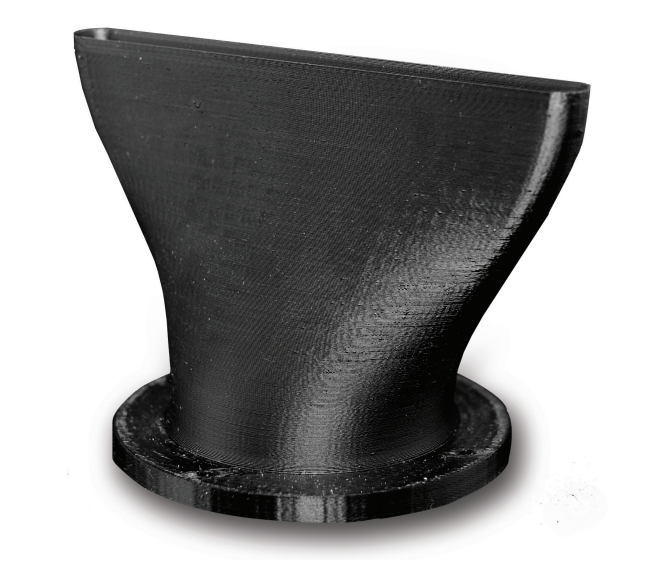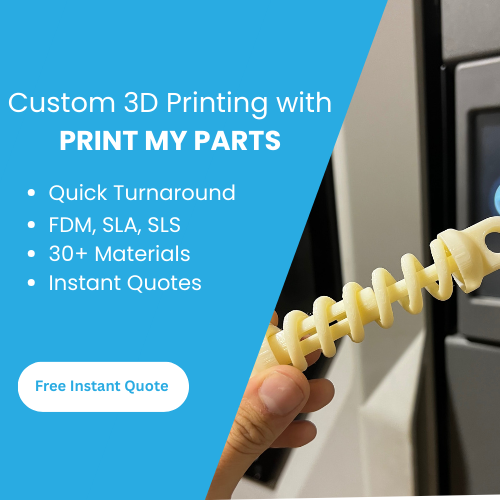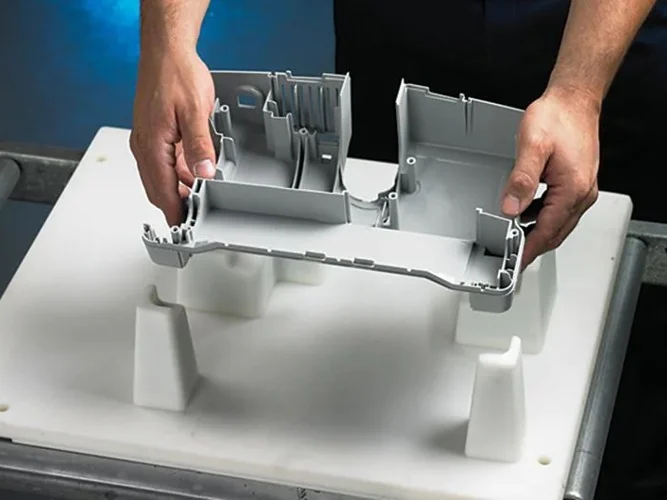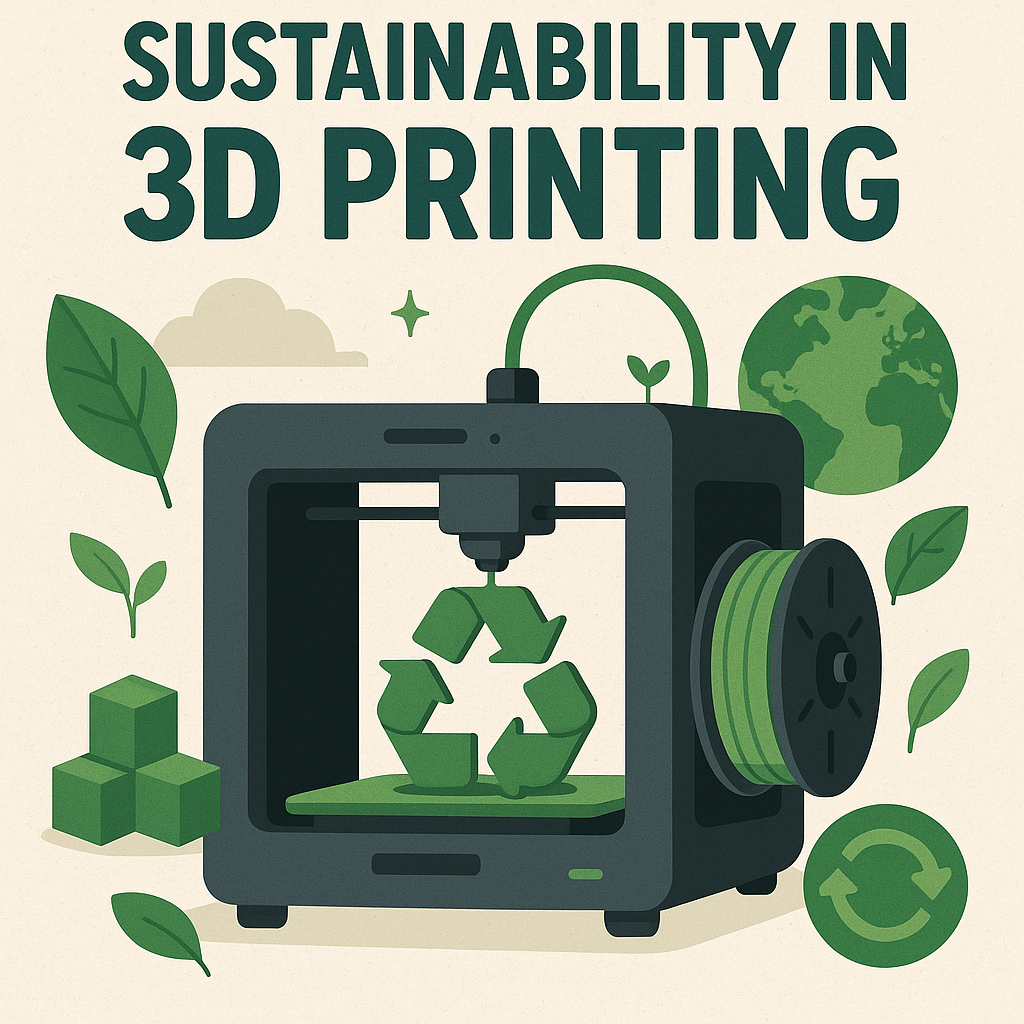When planning a 3D printing project, one of the most important decisions you’ll make is choosing the right material. With so many options available, it’s easy to feel overwhelmed—especially when deciding between two high-performance thermoplastics like ABS and PC-ABS.
At Print My Parts, we regularly help customers weigh the pros and cons of each. Both ABS 3D printing and PC-ABS printing offer reliable performance and versatility, but the best choice depends on your specific application, environmental conditions, and performance requirements.
In this post, we’ll break down the key differences between ABS and PC-ABS to help you make an informed decision—and get the most out of your 3D printed parts.
What Is ABS?
Acrylonitrile Butadiene Styrene (ABS) is a tough, impact-resistant thermoplastic that’s commonly used for prototyping and end-use parts. It offers a smooth finish, good strength, and ease of use, making it a go-to material for many engineers and product designers.
ABS Material Properties:
- Moderate strength with excellent impact resistance
- Lightweight and easy to handle
- Smooth surface finish suitable for painting or plating
- Moderate heat resistance (~100°C)
- Electrically insulating
- Low cost and easy to source
Common Applications for ABS:
- Consumer product casings
- Electronic housings
- Prototypes for form and fit
- Toys and recreational equipment
Benefits of ABS 3D Printing:
- Cost-effective for both prototyping and production
- Highly printable on most FDM 3D printers with a heated chamber
- Clean surface quality, ideal for parts requiring post-processing
- Great dimensional accuracy, especially in enclosed printing environments
Considerations:
- UV sensitivity can cause fading or brittleness over time
- Low heat resistance limits use in high-temperature environments
- Not ideal for outdoor or chemically aggressive settings
What Is PC-ABS?
PC-ABS is a blended thermoplastic that combines the strength and heat resistance of Polycarbonate (PC) with the flexibility and ease of processing of ABS. The result is a material that offers enhanced toughness, improved thermal stability, and good surface finish—making it a top choice for engineering and industrial applications.
PC-ABS Material Properties:
- High impact strength and toughness
- Heat resistance up to ~125–135°C
- Stable under load and deformation
- Electrically insulating
- Moderate UV resistance
- Slightly heavier than ABS
Typical Applications for PC-ABS:
- Automotive interior and exterior parts
- Functional prototypes for load-bearing applications
- Medical device housings and enclosures
- Power tool and industrial equipment casings
Advantages of PC-ABS 3D Printing:
- Superior durability under physical stress and mechanical load
- Resists warping when printed under the right conditions
- Prints with a clean finish, similar to ABS
- Longer part life in tough environments
- A cost-effective alternative to pure polycarbonate
Considerations:
- More demanding print settings (higher temperatures, enclosed chamber recommended)
- Higher cost than standard ABS
- Slightly heavier and denser, which may matter for weight-sensitive designs
ABS vs. PC-ABS: Material Comparison Chart
| Property | ABS | PC-ABS |
|---|---|---|
| Strength | Moderate | High |
| Impact Resistance | Good | Excellent |
| Heat Resistance | ~100°C | ~125–135°C |
| UV Resistance | Low | Moderate |
| Printability | Easy | Moderate |
| Surface Finish | Smooth, matte | Smooth to slightly textured |
| Cost | Lower | Moderate |
| Weight | Light | Slightly heavier |
| Best Use Cases | Prototypes, indoor parts | Functional parts, harsh environments |
| Post-Processing | Easy to sand and paint | Similar, with slightly more rigidity |
3D Printing with ABS and PC-ABS: What to Expect
Both ABS and PC-ABS are compatible with FDM 3D printing. ABS is easy to print and great for fast prototyping. PC-ABS requires a more controlled environment but results in stronger, longer-lasting parts that can withstand mechanical stress and higher temperatures.
At Print My Parts, we use industrial FDM machines to ensure optimal results no matter which material you choose.
Which Material Is Right for Your Project?
- Choose ABS for fast, affordable prototypes, indoor-use parts, and visually clean enclosures.
- Choose PC-ABS when performance under stress, impact, or heat is critical to your design.
Still unsure? Upload your 3D model at printmyparts.io and get expert help selecting the right material for your specific use case.
Final Thoughts
ABS and PC-ABS are two excellent materials for 3D printing, each with their own advantages. By understanding the differences in performance, printability, and cost, you can make a confident decision that aligns with your product goals.
Need help getting started? Contact us or get a free quote today—we’re here to support your project every step of the way.

